Latest News

Employee Spotlight: Alice Pagan
Meet Alice Pagan, an invaluable substitute teacher whose commitment to supporting our students and staff is truly exceptional. She’s always ...

NEW for 2025 – Universal Registration
We now offer Universal Registration! This process allows you to register and submit paperwork at any school, no matter which ...

Online registration for the 2025-26 school year is open
Online registration for the 2025–26 school year is open! All new and returning families must complete online registration through the ...

Employee Spotlight: Christopher Chang
Meet Christopher Chang, a devoted music teacher who supports Curtis Strange, Forest Park, Grewenow, Harvey and Southport elementary schools! Christopher’s ability ...






